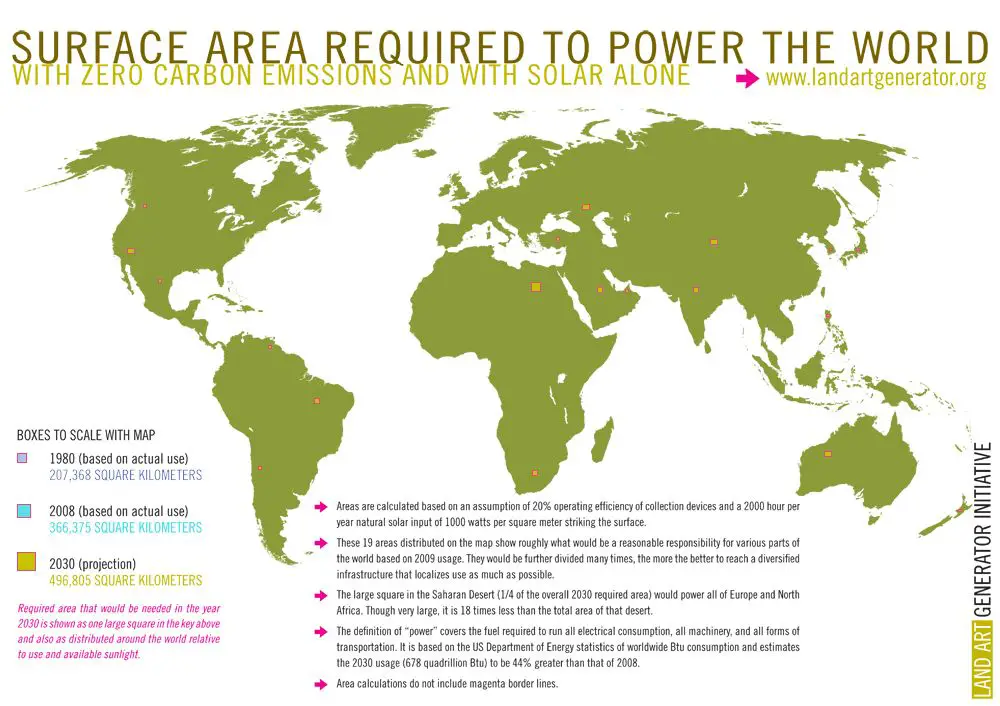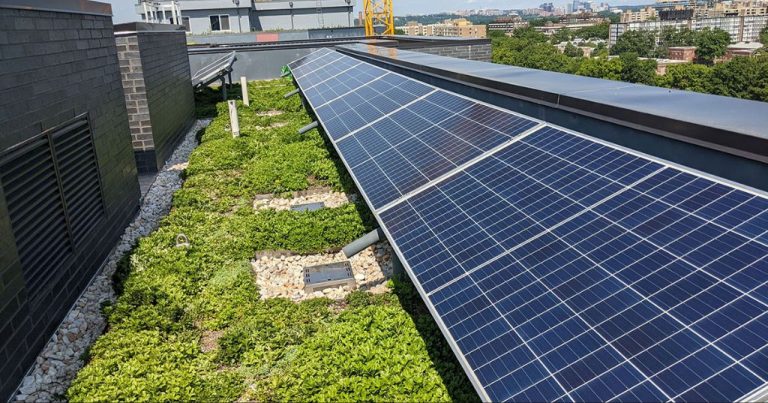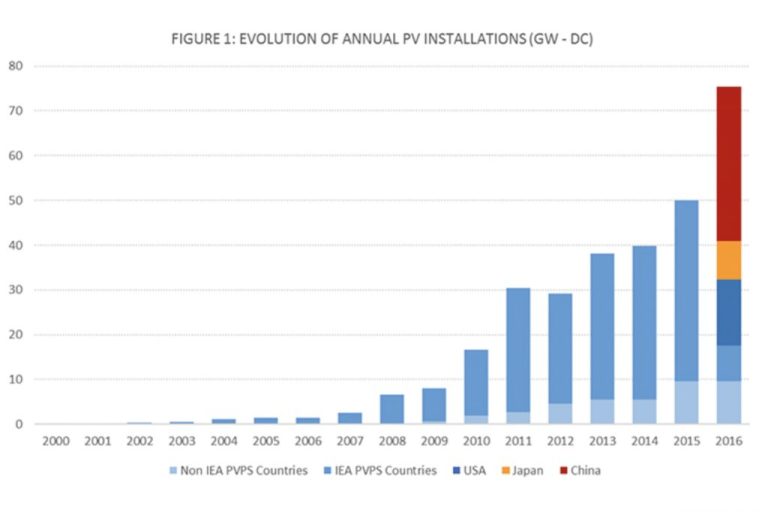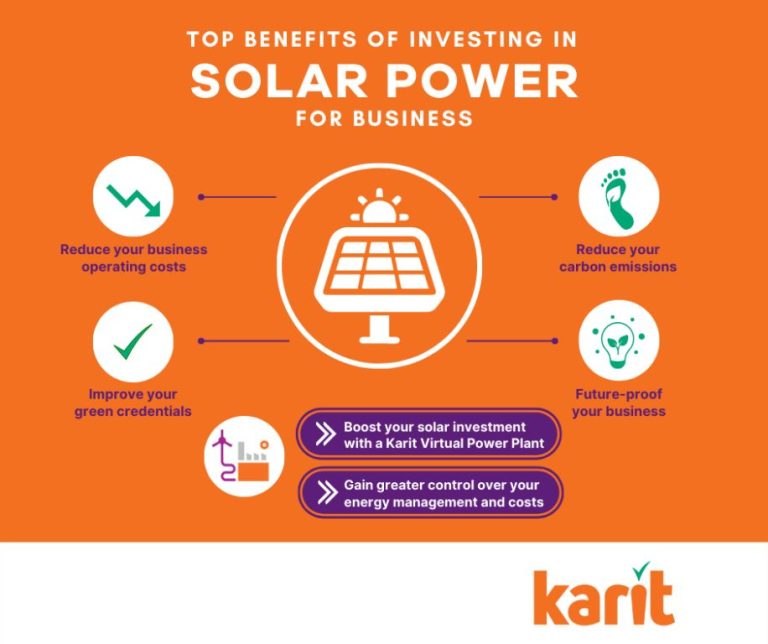Could We Power The World With Solar?

With increasing concerns over climate change and fossil fuel dependence, many are looking to renewable energy sources like solar power as a potential solution. Solar energy has enormous potential, with the solar energy hitting the Earth’s surface in one hour containing more energy than the entire world uses in a year (https://www.worldbank.org/en/topic/energy/publication/solar-photovoltaic-power-potential-by-country). However, solar currently accounts for only around 3% of total electricity generation worldwide. This article explores whether we could realistically power the entire world with solar energy alone, examining the potential, technology, challenges, and predictions around scaling up solar to meet 100% of energy demand.
Current World Energy Usage
According to Our World in Data, in 2020 the world consumed around 162,000 TWh of energy from various sources. The largest single source was oil, providing 33.1% of global energy consumption. This was followed by coal at 27.0%, natural gas at 23.9%, biofuels and waste at 10.3%, nuclear at 4.3%, hydro at 2.7%, wind at 1.8%, solar at 1.7%, geothermal at 0.3% and tidal at 0.1%.
The breakdown varies by country and region. For example, China relies heavily on coal for around 60% of its energy needs. The United States uses a more balanced mix of natural gas, oil and coal. Countries like Canada and Brazil rely more on hydroelectric and other renewables. Overall though, fossil fuels like oil, coal and gas make up around 80% of global energy consumption currently.
Solar Energy Potential
The potential for solar power is enormous. According to the Solar Futures Study by the U.S. Department of Energy, solar energy alone could generate 100% of current U.S. annual electricity consumption (see https://www.nrel.gov/analysis/solar-futures.html). Globally, the World Bank’s Global Photovoltaic Power Potential by Country study estimates the worldwide practical potential of solar power using current PV panel technology at 23,000 terawatt-hours per year, which is over 100 times current global electricity consumption. Although there are some theoretical limits to the amount of sunlight that can be efficiently converted into electricity, solar energy potential is practically boundless for meeting the planet’s energy needs.
Theoretical limits are based on how much solar irradiance hits the earth’s land surface each year – around 23,000 terawatt-hours. However, there are geographical and logistical constraints that limit the practical potential. Factors like inadequate direct sunlight, lack of space for solar installations, and energy storage limitations reduce the amount of solar energy that can realistically be harnessed with current technology. Nonetheless, with continuing innovation in solar PV efficiency and battery storage capacity, along with large-scale buildout of solar farms, floating solar arrays, rooftop residential systems, and solar roadways and highways, solar has the potential to transform global energy production.
Solar Technology Overview
The development of solar technology to generate electricity began in the late 19th century with the discovery of the photovoltaic effect. The first silicon solar cell capable of converting enough sunlight into power to run electrical equipment was created in 1954 at Bell Labs. However, solar remained prohibitively expensive for widespread use until the 1970s. During the energy crisis of the 1970s, photovoltaic solar technology saw major advances and cost reductions. Swanson’s Law, named after solar cell pioneer Richard Swanson, states that with each doubling of cumulative shipped solar photovoltaic capacity, prices fall by around 20%.
Since 2000, solar panel efficiency has continued to increase while costs have declined dramatically. According to Energysage, the average solar panel cost has dropped over 70% in the last 10 years, from $7.34/watt in 2010 to around $2.53/watt today. Average solar panel efficiency has increased from around 12% to over 20% in the same timeframe. Today’s best commercial silicon solar panels convert 20-22% of sunlight into electricity. Solar companies continue to innovate and increase efficiency; panels reaching nearly 30% efficiency were recently developed by Australian scientists.
While earlier solar panels would lose a significant amount of efficiency over time, modern solar panels only degrade around 0.5% per year, meaning 80% efficiency remains after 25 years. Overall, rapid advances in solar photovoltaic technology over the past decades have led to vastly increased efficiency and declining costs.
Challenges of Going 100% Solar
Transitioning the world to 100% solar energy faces several key challenges that need to be addressed:
Intermittency of solar power is a major issue. Solar energy can only be harvested when the sun is shining, and output varies throughout the day and year with weather and seasons. This intermittency makes it difficult to perfectly match supply with demand at all times (the REN21 GSR 2023 Renewables in Energy Supply Data Pack). Large scale energy storage solutions are needed to store solar energy for use at night and cloudy periods.
Energy storage on a massive scale is still a limiting factor. Currently available storage technologies like batteries and pumped hydro have limitations for grid-level long duration storage. New innovations in grid storage are required to enable high solar power penetration (Kerry Rippy, Researcher, National Renewable Energy Laboratory).
Transmission infrastructure presents a bottleneck due to the distributed nature of solar power generation compared to conventional centralized fossil fuel plants. Major investments and upgrades to transmission grids will be essential to handle high volumes of renewable energy (the REN21 GSR 2023 Renewables in Energy Supply Data Pack).
Land use requirements for solar are substantial. Utility-scale solar farms take up large land areas which could compete with other needs like agriculture and conservation. Careful land use planning is necessary for wide-scale solar deployment (European energy and climate policies: achievements and outlook).
Possible Solutions
There are several solutions that could be implemented to help overcome the challenges of transitioning to 100% renewable energy sources like solar power. New technologies like better batteries, upgraded transmission lines, and hybrid power plants that combine multiple renewable sources could increase the viability of solar and other renewables (https://solarimpulse.com/energy-crisis-solutions). Developing better energy storage through advances in battery technology can allow solar and wind power to be stored for use when the sun isn’t shining or wind isn’t blowing. Improving electricity transmission infrastructure, like building transnational high-voltage direct current power lines, allows renewable power to be transported over longer distances between regions. Hybrid renewable power plants, like those combining solar, wind and geothermal together, can generate a more consistent power output. R&D investments into these kinds of technologies and infrastructure improvements can accelerate the transition to renewable energy worldwide.
Case Studies
Some countries and states have made significant progress towards 100% renewable energy. For example, Uruguay generates 98% of its electricity from renewable sources, mainly hydropower and wind. In 2020, Denmark generated 61% of its electricity from wind power alone. The state of South Australia now regularly has days where 100% of energy demand is met by solar and wind. Other leading examples include Costa Rica, which ran its electric grid on 100% renewables for 300 days in 2017, and Portugal, which produced 103% of its electricity consumption from renewables in March 2018.
Cost Analysis
When comparing the costs of solar power to traditional fossil fuel sources, solar PV has become increasingly competitive. According to an analysis by Lazard, the unsubsidized levelized cost of energy (LCOE) for solar PV ranges from $28-42 per MWh, compared to $44-68 for coal and $41-74 for natural gas (EIA). Factors like sun exposure and installation costs impact the LCOE for solar, but prices have consistently declined over the past decade as technology improves. Based on current projections, the U.S. Energy Information Administration estimates that new solar generation will be less expensive than new natural gas generation by 2025.
The levelized cost factors in capital costs, fuel costs, fixed and variable operations and maintenance costs, financing costs, and an assumed utilization rate over the lifetime of each generating unit. This allows an apples-to-apples comparison of different technologies. While solar has high upfront capital costs, its fuel is free once the system is in place. This results in a competitive lifetime cost per kWh compared to alternatives. With solar costs expected to continue falling while fossil fuels face volatile prices, the economic factors increasingly favor transitioning to renewable energy.
Outlook and Predictions
Renewable energy experts are optimistic about the industry’s growth potential in the coming decades. According to Tim Latimer, CEO of Fervo Energy, the push for renewable energy will only accelerate after the pandemic due to a combination of policy, economics, and companies utilizing clean power for branding purposes (source). Mateo Jaramillo, co-founder of Form Energy, predicts renewable energy will become so cheap within 10-15 years that fossil fuels will no longer make economic sense (source).
The International Renewable Energy Agency estimates renewables could supply up to 86% of global electricity by 2050, if the right policies are enacted. To enable this growth, governments will need to modernize power grids and enact additional supportive policies (source). While challenges remain, experts are confident renewables will continue expanding with the right investments and policies.
Conclusion
In conclusion, while there are many promising technologies and trends suggesting an eventual world powered entirely by solar, it seems unlikely that such a massive transition could happen in the immediate future without major changes in infrastructure and other areas. However, as solar prices continue to drop and technology improves, a solar-dominant energy system may be possible in the coming decades with sufficient political will, investment, and public enthusiasm. Achieving this vision will require individuals, businesses, and governments to work together to accelerate the adoption and advancement of solar technology worldwide. With diligent effort and innovation, a solar-powered future could illuminate the entire planet.
To help realize this goal, consider supporting organizations advancing solar technology and policy, installing solar panels on your own home, investing in solar companies, and voting for leaders who prioritize renewable energy. With combined action, we can work toward powering our world with clean, renewable solar energy.






